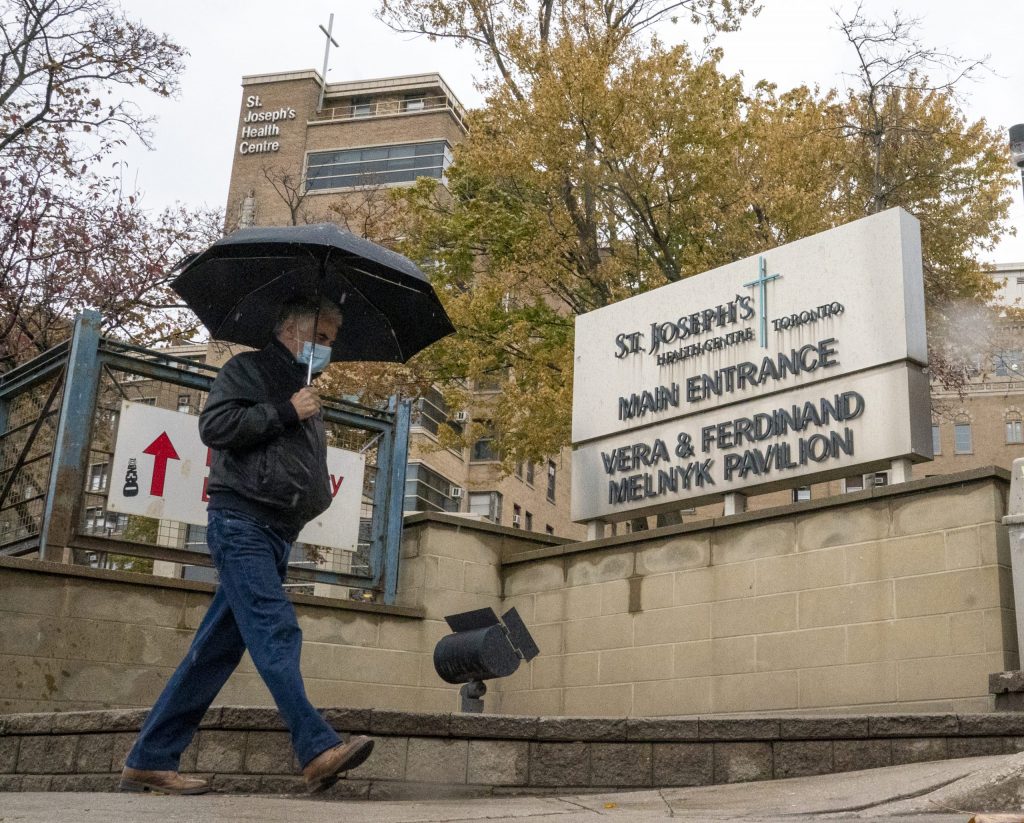Ontario’s overall COVID case levels twice the ‘red’ level, latest modelling shows

Posted December 21, 2020 11:14 am.
Last Updated December 21, 2020 12:55 pm.
New numbers by the province show Ontario’s ability to control COVID-19 case growth is “precarious” and that ICU occupancy could reach five times its capacity in just a handful of weeks.
The findings, released Monday, showed that COVID-19 cases continue to grow across the province and overall case levels are twice the “red” level.
The Ford government is expected to move all of Ontario into the grey zone on Boxing Day. The two areas hardest hit by the virus, Toronto and Peel Region, for nearly a month. In the following weeks, other areas of the province shifted into lockdown, including Middlesex-London on Dec. 4, and York Region on Dec. 14.
Monday also saw the seventh straight day of daily COVID-19 cases over 2,000, with Toronto and Peel continuing to be the hardest hit.
“We’re in a place still with very, very strong growth potential,” Dr. Kevin Brown, with Public Health Ontario, explained on Monday.
The modelling finds that the continued growth of cases will increase outbreaks in long-term care homes and other such settings.
Also expected to be hit hard are hospital ICUs. Under all scenarios presented, ICU occupancy will be above 300 beds within 10 days. The worst case scenario will see more than 1,500 beds occupied in ICUs by mid-January, putting intense strain on the hospital system.
The numbers show that almost all regions of the province continue to see an increase of maintenance in cases over the last week, with the exception of Peel and York regions, Simcoe Muskoka, and Haldimand-Norfolk.
The report noted the success of “hard lockdowns” France and Australia put in place for four to six weeks, and states those types of actions in Ontario could reduce the provincial case numbers to less than 1,000 a day. Those numbers could be even lower with increased testing and support, especially in communities and essential service workplaces where exposure is higher.
Dr. Brown noted that if supports aren’t put in place in communities with high rates of spread, they won’t be able to effectively control the pandemic. He said those communities are usually ones with lower income brackets, where people have to go to work simply to put food on the table. They also are more likely to have multi-generational homes, and work with the public.
He said these communities need strong support to allow people to stay home from work and isolate.
And while seniors continue to be high risk and numbers in most vulnerable age groups continue to rise, the findings show the age group with the highest percentage of COVID-19 positivity is currently between nine and 24.
When asked about the increase in numbers in teenagers Dr Barbara Yaffe noted that “if you have a teenager you know how hard it is to control them.”
“They’re basically kids who have got it from other kids, or from their parents often or out in shopping malls or other settings like that.”
When it comes to lines at shopping malls and big box stores, Yaffe said it’s also important to point out that many people there aren’t keeping the right distancing, and not wearing their mask properly, and talking to people, making these locations prime for spread.
Mortality rates are increasing in long-term care homes, with the majority of cases stemming from community spread. Currently there are 145 LTC homes dealing with outbreaks in Ontario and over 1,600 active cases confirmed. Forty-nine of the 145 homes in outbreak stemmed from one staff case. Since the second wave began, there have nee 633 LTC resident deaths, 100 of which have been in the last week.










